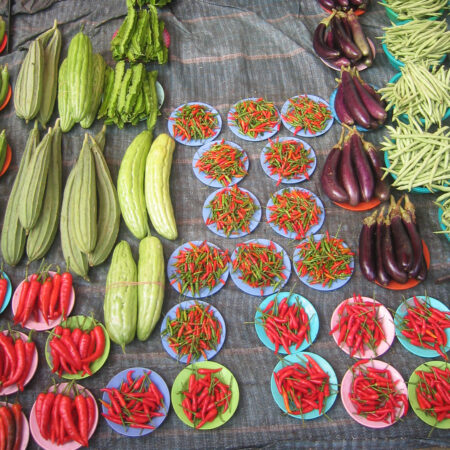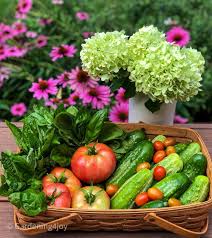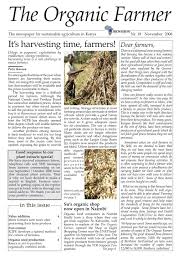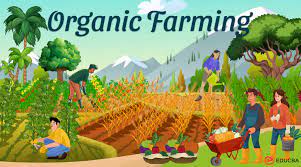
Organic farming biodiversity is a cornerstone of sustainable agriculture, emphasizing practices that promote ecological balance, enhance soil health, and support diverse ecosystems. Unlike conventional farming methods that often rely on monoculture and chemical inputs, organic farming prioritizes biodiversity conservation as a means to maintain resilient agricultural systems.

At the heart of organic farming biodiversity is the principle of ecosystem diversity. Organic farmers aim to cultivate a variety of crops and integrate diverse plant species within their fields. This approach not only reduces the risk of pest outbreaks and diseases but also improves soil structure and fertility through natural processes such as nitrogen fixation and nutrient cycling. By fostering a more complex and varied agricultural landscape, organic farming supports a wider range of beneficial organisms, including pollinators, predators of pests, and soil microorganisms essential for nutrient uptake and decomposition.
One of the key practices within organic farming that promotes biodiversity is crop rotation. Crop rotation involves alternating different crops in a specific sequence over time. This practice helps to disrupt pest and disease cycles, reduce soil erosion, and improve soil health by varying nutrient demands and enhancing organic matter content. Additionally, rotating crops can provide habitat and food sources for a variety of wildlife, contributing to overall biodiversity on the farm.
Furthermore, organic farming encourages the use of cover crops, which are planted primarily to protect and improve soil health rather than for harvest. Cover crops help prevent erosion, suppress weeds, and enhance soil fertility by adding organic matter and nitrogen to the soil. They also provide habitat and food for beneficial insects and microorganisms, supporting biodiversity above and below ground.
In contrast to conventional farming practices that rely heavily on synthetic pesticides and herbicides, organic farming employs natural pest management strategies to minimize ecological impacts. Integrated Pest Management (IPM) techniques focus on preventing pests through cultural practices, biological control, and physical barriers rather than relying on chemical inputs. This approach preserves biodiversity by maintaining populations of natural predators and beneficial organisms that help control pest populations without disrupting the ecosystem balance.
Moreover, organic farming practices contribute to biodiversity conservation beyond the boundaries of agricultural fields. By avoiding the use of synthetic fertilizers and pesticides that can leach into waterways and harm aquatic life, organic farming protects freshwater ecosystems and promotes water quality. Organic farms often maintain natural habitats such as hedgerows, riparian zones, and buffer strips along waterways, which serve as corridors for wildlife movement and provide additional resources for native species.
The benefits of organic farming biodiversity extend beyond ecological considerations to encompass social and economic aspects as well. Organic farming supports local communities by preserving traditional farming practices, promoting food sovereignty, and enhancing food security through diversified crop production. By reducing dependence on external inputs and fostering resilient ecosystems, organic farming helps farmers mitigate risks associated with climate change and market fluctuations.
In conclusion, organic farming biodiversity represents a holistic approach to agriculture that prioritizes ecosystem health, soil fertility, and biodiversity conservation. By integrating diverse crops, practicing crop rotation, using cover crops, and implementing Integrated Pest Management strategies, organic farmers contribute to a more resilient and sustainable food system. As global challenges such as climate change and biodiversity loss continue to threaten agricultural productivity, organic farming serves as a model for resilient and regenerative farming practices that support both human well-being and environmental stewardship.









